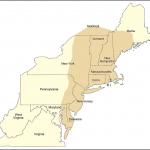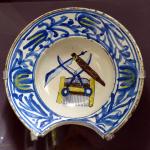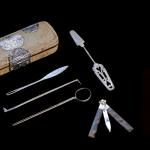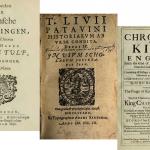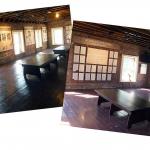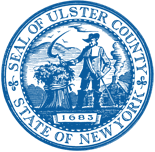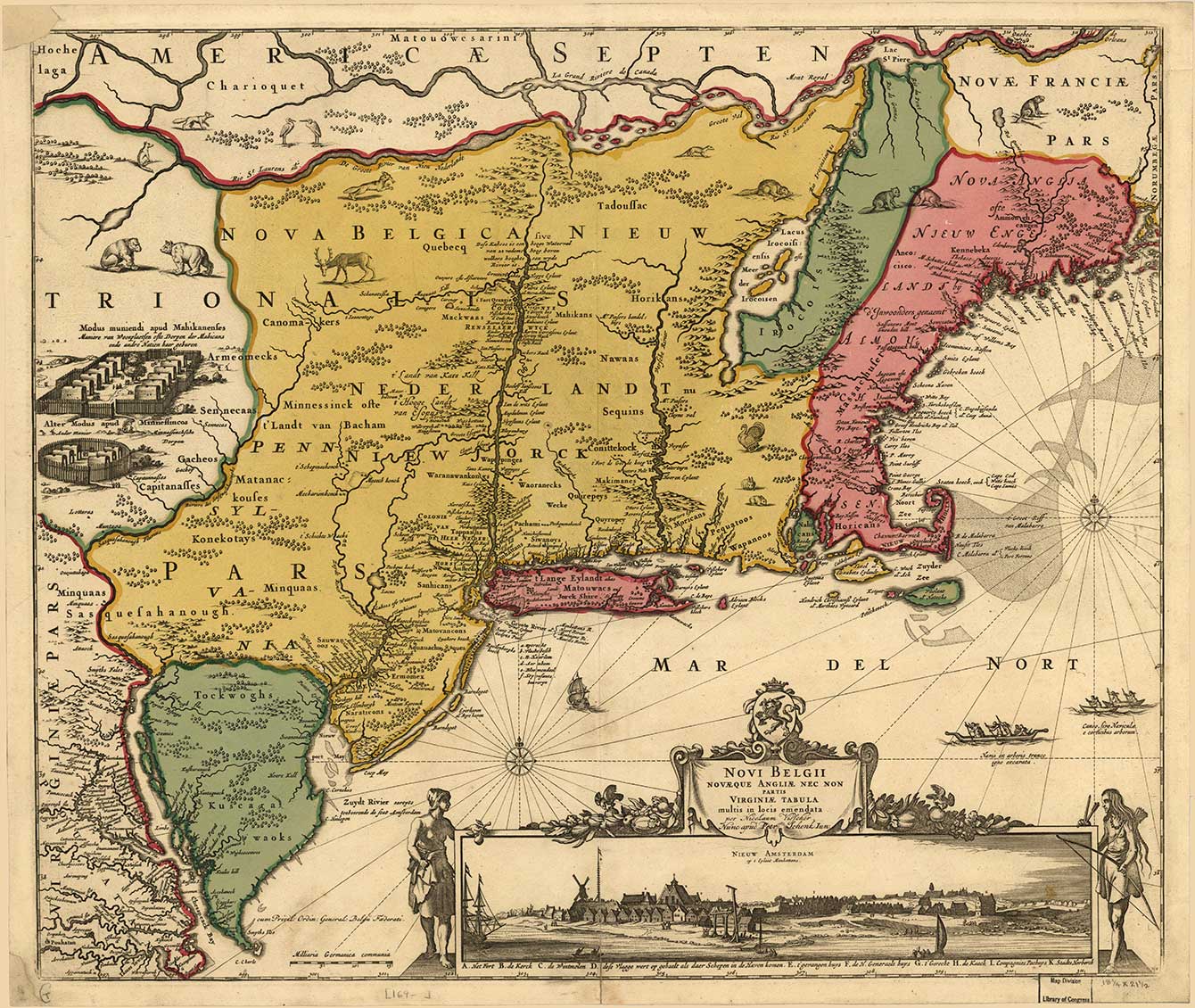
Gysbert's Inventory - An Introduction
In 1661, Gysbert Van Imbroch and his family moved to the small village of Wiltwyck on the banks of the Hudson River in the colony of New Netherland (shown in the map above). Prior to his death on August 29, 1665, Gysbert requested an inventory of his possessions, which was completed on September 1, 1665. The inventory, written in Dutch, consists of twelve pages which document all of Gysbert’s possessions at the time of his death in 1665. Gysbert Van Imbroch’s inventory was entered into the Secretary’s Papers and became part of what is now known as the Dutch Colonial Records Collection, which dates from 1658 to circa 1712.
In 1895, the Ulster County Board of Supervisors authorized hiring Dingman Versteeg, a Dutch scholar, to translate all of the Dutch Colonial Records into English. Versteeg was officially hired in 1896, and completed the English Translations three years later in 1899. Written in Versteeg’s handwriting, the complete English translations are comprised of three volumes and along with the original Dutch Colonial Records Collection are now all a part of the Ulster County Clerk’s Archival Collection.
Image: Novae Belgiae Angliae nec non parties Virginiae multis locis emendate (circa 1685) by Nicolaes Visscher. Retrieved from the Library of Congress, https://www.loc.gov/item/97683561/.
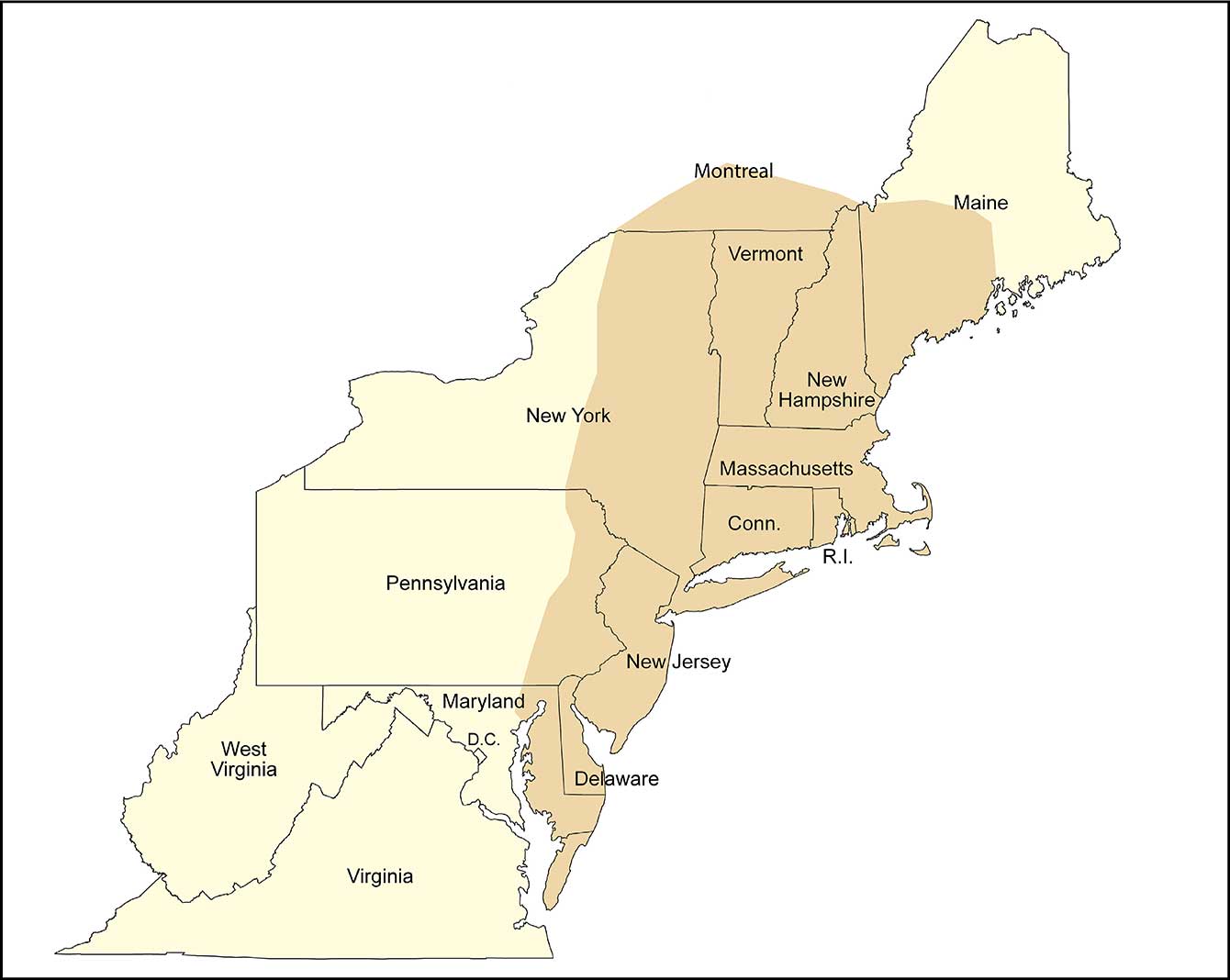
The Colony of New Netherland
The colony of New Netherland, indicated by the shaded area in the map above, covered land from the mouth of the Chesapeake Bay, north along the Susquehana River into New York, then north to what is now Montreal, Canada. It then went east into the middle of Maine, just north of present-day Bangor.

Barber-Surgeon - Tools of the Barber
Gysbert Van Imbroch came to Wiltwyck to fill the village’s need for a barber-surgeon, for which he was educated and licensed. A barber-surgeon had many functions in 17th century Dutch colonial society. Gysbert was responsible for shaving, bathing, cutting hair, dressing and treating wounds, mending fractures, pulling teeth, and performing surgery. We see many items in Gysbert’s inventory that serve this purpose.
As a barber, Gysbert had many combs, scissors, razors and shaving towels among his possessions. One of the more interesting items listed in the inventory is a shaving dish. A shaving dish was a large shallow bowl with a rounded notch cut out of one side. The patron would hold the bowl under their chin and the barber would use it to rinse the razor.
Image: By Wolfgang Sauber via Wikimedia Commons

Barber-Surgeon - Tools of the Barber
The inventory also lists many items used for medical needs. It was common for a surgeon to have a case to carry his tools which identified the owner as a licensed surgeon. It was also commonplace for a barber-surgeon to have many different herbs and medicines at his disposal. One such item listed in Gysbert’s inventory is a mustard pot. Powdered mustard has been used for hundreds of years to treat sore muscles, chest congestion, fever and much more.
Images: Surgeons Case with Instruments and Mustard Pot, Wellcome Images via Wikimedia Commons.

Book Collector
As a learned man, Gysbert became an avid book collector. Books make up almost a third of the entire inventory. His areas of interest included history, medicine, religion, music and gardening. He even had “A.B.C. books” which were used to teach children to read.
Images (Left to Right):
Tulp, Nicolaas. De drie boecken der medicijnsche aenmerkingen : in 't Latijn beschreven. 1650. Archive.org.
Livius, Titus. Historiarum Ab Urbe Condita Decas Quarta. 1609. Google Books.
Baker, Richard, Sir. A chronicle of the kings of England from the time of the Romans government unto the death of King James ... 1670. Archive.org.
Gysbert's Inventory
We hope you enjoyed this sampling from Gysbert's Inventory. View the full, permanent exhibit at the Persen House Museum or Contact Us for more information.


